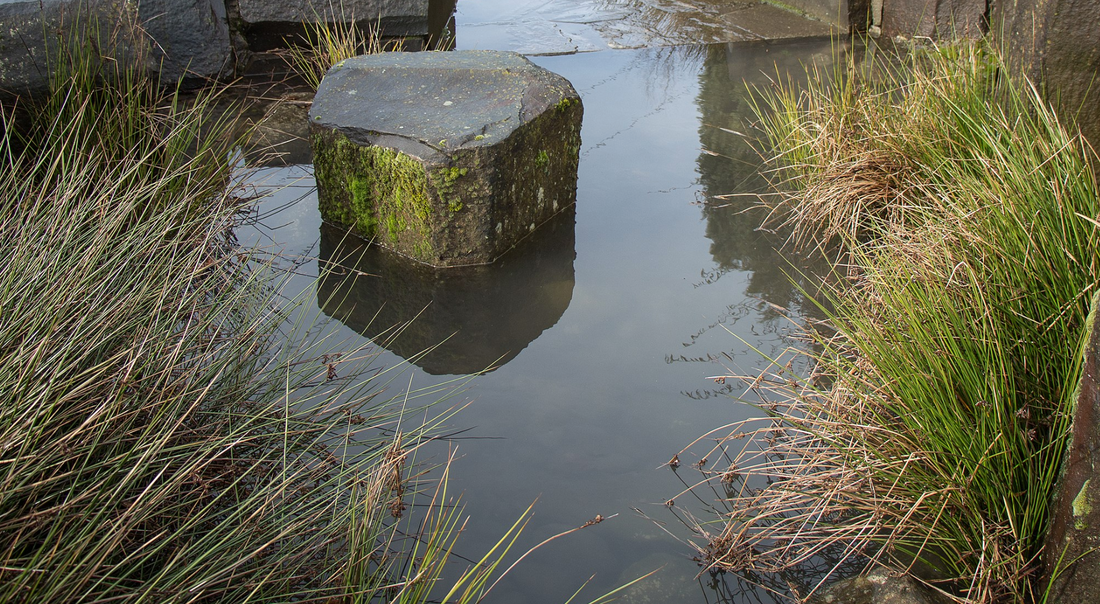Catch the next storm surge with this quick at-home rainwater harvesting feature. All you need is a shovel, some random gravel or rocks - hey! even broken concrete or bricks will do - a bit of good soil and you're ready to go.
What's a Rain Garden?
RAIN GARDENS can be connected to a dry stream bed or simply an outlet pipe attached to the bottom of your rain gutter downspout. They can be elaborate garden style ponds that fill temporarily with seasonal storms. Or they can be simple infiltration pits dug in strategic places where deep holes are filled with gravel. Soil and plants are added on top. To filter out pollutants from runoff water through their rich surface soil.
Large rocks around the edges slow the flow of water and prevent erosion of your pit and surrounding parts of the garden. You want to place rocks to line the ends of your temporary pond. So you can ensure water pools where you want it. A full-size rain garden is made up of a drainage basin (with 3-10” deep of sharp gravel at bottom) and a planting bed on top. They help rainwater soak into your gardens AND recharge natural underground aquifers.

This infographic is of a full-size rain garden. With a french drain (weeping tile) placed along the bottom and fed to a stormwater outlet. This is good thing to add where easy, slow overland flow through the garden is not ideal or possible.
If you can run more rainwater through your garden (without causing significant erosion from water moving too fast) an overflow is a great way to do it. An overflow is just a flat lip at a low-point in the rain garden's edge where water moves on it's way out once the pond has filled. Hopefully that water has a vague gentle watercourse with a few twists and turns along the way the way to the storm drain. So that water and debris gets caught and soaks up into the garden even more!
IRIS & JUNCUS GRASSES
Iris & Juncus grasses are some of the most commonly available flood adapted plants for California. Native (and bearded iris) varieties can take both floods and dry spells. Juncus or sedge grasses can come from all over the world. Native varieties like Juncus patens 'Elk blue' stand up to long droughts too. California rose (Rosa californica), native ferns & blue rye (Leymus condensatus) are other great options that naturally grow along streams and in part-shade.

Looking for rain garden Plants? Check out this rain garden-ready plant package inspired by the massive seasonal creek ecologies of the San Gabriel & Saddleback Mountains. Suitable for Northern California creek or pond sides too! It's great for natural seasonal streams in your yard and shady nooks too.




